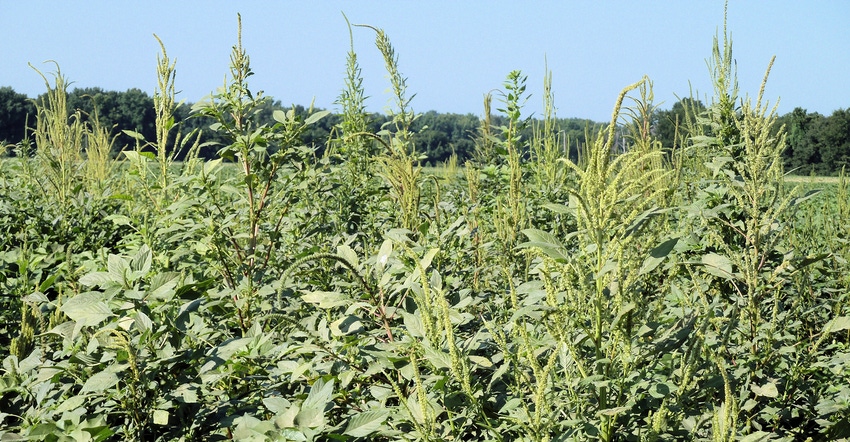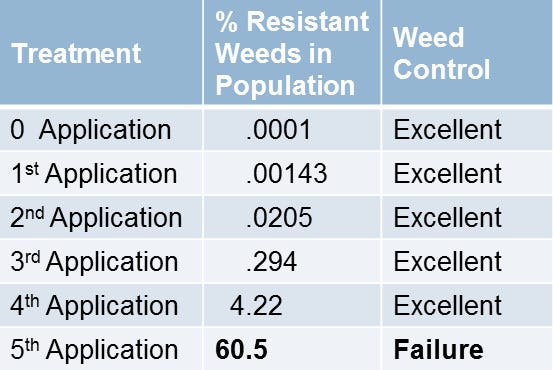February 13, 2017

Ag journalists who follow weeds and crop protection have been writing about resistance management for more than a decade. The "easy button" approach of an over-the-top, kill-all success story like glyphosate remains one of the greatest finds in weed control history. However, the weeds have figured out a way around that single chemical in greater number.
However, tough weeds that are hard to control are popping up all over the world. At the website weedscience.org there's a whole tool kit of information farmers can use to figure out modes and sites of action for herbicides; understand resistance and get greater information about the products available.
The site reports that there are 279 unique cases of herbicide resistance globally, with 252 species of weeds - that's 147 dicots and 105 monocots. Weeds have evolved resistance to 23 of th 26 known herbicide sites of action and to 161 different herbicides. This is the site where weed scientists report those cases and it's worth a look.
There's an interesting table that's available from the site which may be an eye opener to a lot of farmers. It's a look at how weed resistance progresses in a field, and perhaps offers insight into why the "sudden appearance" of those resistant weeds isn't really so sudden.

This logarithmic chart shows just how fast resistant weeds can take over in a kind of genetic sneak attack. (Source: Heap, I. The International Survey of Herbicide Resistant Weeds)

The chart above shows that weed resistance progresses by what is called a logarithmic progression. As you can see from the chart above, developed a few years ago by the Weed Science Society of America - the appearance of a single resistant weed in your field isn't an issue. But you can also see that over time - in fact several years - you may not notice resistant weeds. However, once resistant weeds hit your field it's only a matter of time before they explode - note the 5th application and the "explosion" of weeds.
This chart shows that for farmers who don't think they have a resistant weed problem the truth is that if your neighbors do, you do. Preventing even one resistant weed from surviving in your field means implementing a significant, proactive program to avoid trouble, and development of resistant plants in your field.
Managing weed resistance is a full time job, and if you visit the website weedscience.org you'll find a number of charts and data showing how rapidly resistance is spreading. In addition, you can use a series of search tables to determine what weeds may be trouble in your area. However, for many reading this, the tough-to-control weeds are already visible.
Work with your crop consultant or agronomist for 2017 to develop a program that puts key preemergence herbicides with residual control in the field early; and plan your post application for the most effective control. Matching crops, herbicides and practices can help keep those resistant weeds from taking over.
About the Author(s)
You May Also Like






